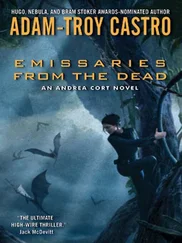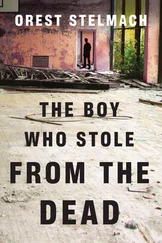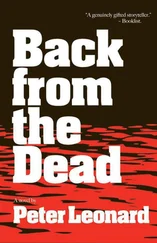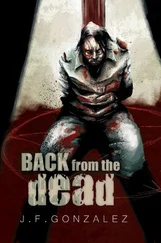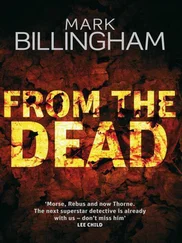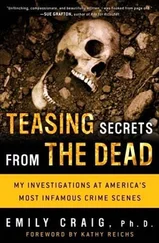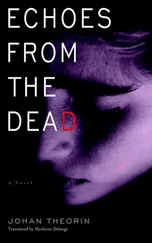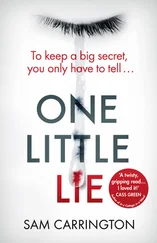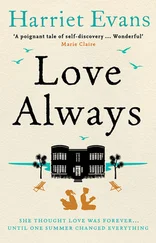Sometimes, an entire body arrived. More often, we had to sort through mangled remains-shards of bone, shredded flesh, the fragments and pieces that remained after the conflagration-identifying them as best we could.
Once an anthropologist had completed that first step, morgue workers carried the remains over to the pathologists working at the other end of the morgue. These men and women assigned each body or body part a case number, examined the tissue, and collected samples for DNA analysis. Morgue staff would then label the samples. They had already started an individual case file on each body or body part, documenting everything we did with it along with everything we could find out about it.
An escort then took custody of the tissue, making certain that the body or remains arrived wherever the pathologist thought they should go next. Perhaps the fingerprint expert could provide further help in identifying a finger or a hand, or the dental identification unit might analyze a tooth that had emerged intact. Maybe an x-ray could determine whether a bone or bone fragment revealed previous evidence of breaking or surgery. Any of these steps might be crucial in ultimately identifying these precious remains.
When the specialists had finished their analysis, an escort would hand-deliver the remains to Memorial Park, where everything was stored pending DNA analysis. Hopefully, that analysis would ultimately enable these bodies and body parts to be returned to their grieving families. Meanwhile, a huge team of investigators upstairs at the medical examiner's office was busily trying to match the reports from the pathologists with the missing persons reports, hoping to get results to the families even before the DNA results came back.
When I met Dr. Hirsch, we soon discovered that he was a close friend and colleague of our own Dr. Hunsaker, with whom I'd worked on my very first Kentucky case. The connection made us feel like friends and, although Dr. Hirsch, too, was working nonstop, he took the time to escort me down to Memorial Park, an enormous storage facility created in only a few days to store the dozens of victims and tens of thousands of body parts created by the disaster.
Dr. Hirsch and his staff had commandeered a vacant lot by the East River, which they had paved in asphalt. They brought in sixteen refrigerated trucks, similar to the ones at the morgue entrance, and had them parked side by side in two parallel rows of eight. Then workers erected an enormous white tent that soared forty feet into the air. The effect inside was that of a large cathedral, an awe-inspiring sight.
When Dr. Hirsch opened a door to one of the refrigerated storage trucks, the chilled air took my breath away and temporarily fogged my glasses. The temperature had to be kept close to freezing to preserve these fragile samples as long as possible. As my vision cleared, I could make out shelves lining the walls from floor to ceiling, stacked with plastic bags and boxes full of body parts. Intended as a temporary facility, Memorial Park is still in existence at the time I write this, as DNA analysis of the remains continues.

Back at the morgue, I watched the triage team for several hours, trying to take in all the details and learn the protocol. I saw how well choreographed the triage was, how every staff member knew exactly what to do and when to do it, in a seamless rhythm that reminded me of the first time I'd watched an operation.
The next day began in the same way: first the briefing, then the bus ride at daybreak. By the time I got to the morgue, I already felt like an old-timer-so much so that I found myself speaking up during triage. “Oh, that's got to be the flexor tendons of the forearm,” I heard myself say.
Amy looked around, startled. I had been standing behind her so quietly, I think she'd almost forgotten I was there.
“Where do you see that?” she asked, half taken aback, half amused at my temerity.
The whole team was staring at me over their protective masks. I swallowed hard and replied as calmly as I could:
“Well, that thin band of parallel fibers looks like the flexor retinaculum, and I can see a fragment of the wrist's pisiform bone still embedded in that tendon over on the side. That tendon is running at a right angle to the retinaculum. So unless I miss my guess, you should be able to reach in and straighten out those other tendons and the attached muscles, and then tease out bits of the median and ulnar nerves running right along with them.”
Amy looked over at me. The corners of her eyes crinkled over the top of her mask, and I could only imagine that she was smiling.
“Thanks, Emily.” Then she dropped the bombshell: “I think you'll be ready to handle the night shift on your own if you keep this up.”
What? I had just arrived on the scene a few hours ago, and they were going to put me in charge of triage for the night shift?
Amy, I knew, was running the day shift, working twelve hours a day, seven days a week. Dr. Dawnie Steadman, from Binghamton in upstate New York, was managing the night shift now, but her tour of duty was supposed to end in one day. If I was up to speed, I'd be taking Dr. Steadman's place. I still couldn't quite believe I was being put in charge so soon. But my training as both bone specialist and anatomist had served me in good stead to start the triage process by identifying each mix of bones and soft tissue that came through our door. If OCME and DMORT thought I was ready, well, then, I'd be ready.

“So, Emily, how are you making out?” Amy asked during our next break.
“I think I've got the basic sense of things.” However, it was still hard for me to grasp how some bodies had emerged intact from the blast while others were reduced to amorphous balls of rubbery gray tissue, how incinerated bones could be found next to a piece of skin with an intact tattoo.
“It will all make more sense to you if you go down to Ground Zero,” said NYPD Captain Kenneth Mekeel, who was standing there with us. I hadn't yet begun to learn people's names, but there was no question that this man was in charge. Mekeel supervised the law enforcement officers working the day shift, and coordinated the flow of human remains between Ground Zero and the OCME. He also coordinated communication with the site at Staten Island, which I would learn about later that afternoon. The gold bars on the captain's shoulders and the row of medals on his chest broadcast his rank, but it was his quick, confident way of speaking that told me he was not only used to giving orders, but also used to having them obeyed. And he was easy to spot in the crowd, which was a great help. Whenever anyone came by asking where the captain was, they were just told to look for the crisp white shirt on the man with the ramrod spine.
“I'll see if I can find someone to give you a ride down to Ground Zero and a Cook's tour,” he offered now.
Like just about everyone else in the country, I had an almost primal need to see Ground Zero. For days I had been watching television coverage of the event, and every reporter on the air had said that unless you actually saw it for yourself you just couldn't comprehend the extent of the catastrophe. They were right.
Mekeel arranged for an FBI agent to come pick me up in his car, and we drove down there with another FBI agent who, like me, had just arrived in New York the day before. On our way downtown, everything seemed surprisingly normal. The streets were full of people going about their business, shopping or on their way to work. As we got closer to the site, though, the whole atmosphere began to resemble a ghost town: the streets blocked off, the police cars not even bothering to use a siren as they raced up and down the deserted avenues.
Читать дальше



